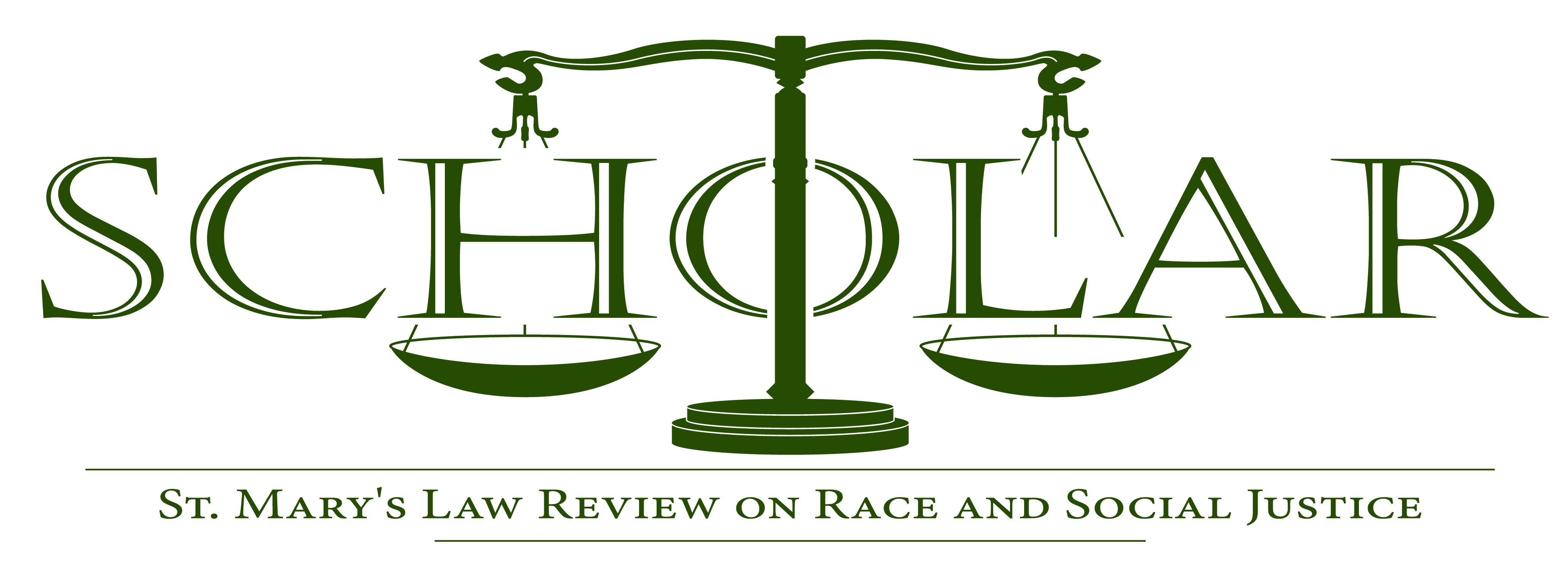
Abstract
International programs and federal legislation have proven insufficient in protecting parental child abduction victims. Unfortunately, the left-behind parent has inadequate remedies to order the return of their child. The Hague Convention on the Civil Aspects of International Child Abduction (Hague), an international treaty, facilitates the return of abducted children. Three exemptions, however, have been included in Hague and permit the foreign country to reject the request to return the abducted child. The exceptions, acclimation, fundamental principles, and grave risk, have been unpredictably used by foreign courts and hinder the success of returning the abducted child. Two examples of federal legislation designed to prevent child abduction include the International Parental Kidnapping Crime Act (IPKA) and the Children’s Passport Issuance Alert Program (CPIAP). Although IPKA criminalizes taking a child out of the United States, without consent of the other parent or court approval, it lacks the authority to demand the return of the abducted child. Additionally, the CPIAP prevents a parent from unilaterally obtaining a U.S. passport for the child, but it does not prevent a foreign passport application. Due to the limitations of Hague, IPKA, and CPIAP, it is imperative that United States courts’ take a stronger stance in protecting the rights of the child and of the potentially left-behind parent. In order for U.S. courts to be effective in preventing parental child abduction, the courts should take into consideration: potential-abducted-to-country (PATC) risk factors, cultural factors, and personal risk factors (e.g. previous threats, attempted abductions, and preparations for long travel). Courts must also be weary of an abducting parents claims of domestic abuse. Courts should scrutinize all the evidence and consider all the factors relevant to a potential child abduction. If the risk of abduction is great, it is in the best interest of the child to apply preventive measures.
Recommended Citation
Jason Nitz,
Splitting the Baby Internationally: Evaluating the Least Restrictive Conundrum When Protecting Children from International Parental Abduction.,
16
The Scholar
(2014).
Available at:
https://commons.stmarytx.edu/thescholar/vol16/iss2/6
Volume Number
16
Issue Number
2
Publisher
St. Mary's University School of Law
ISSN
1537-405X

